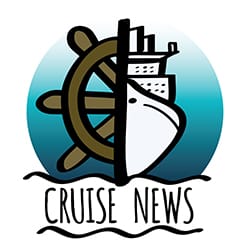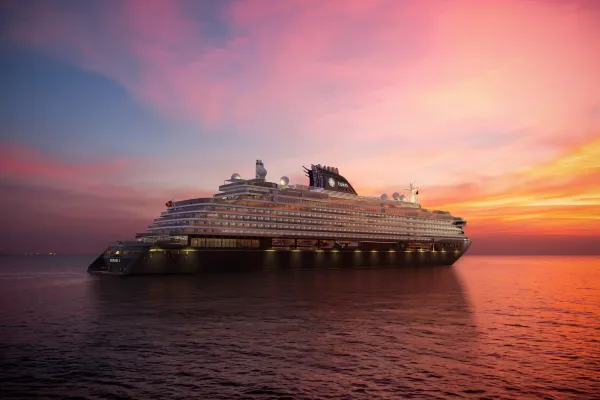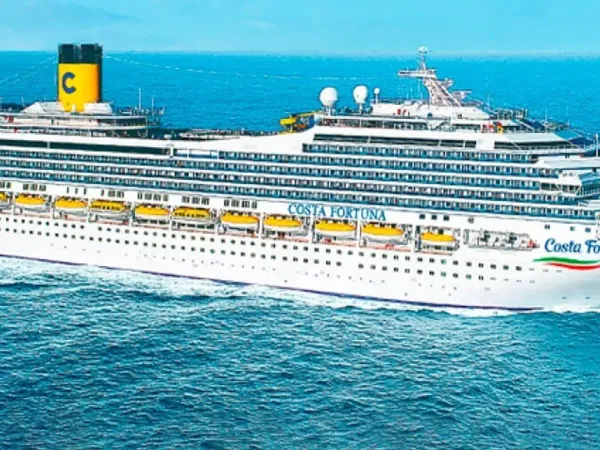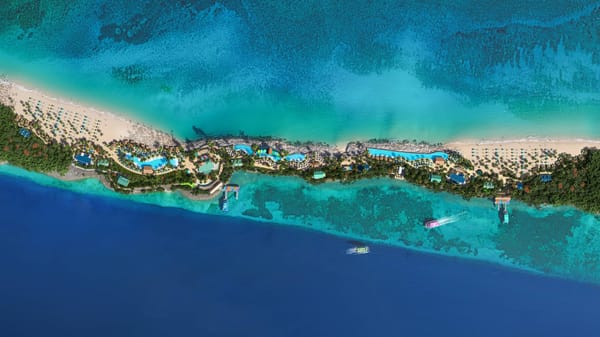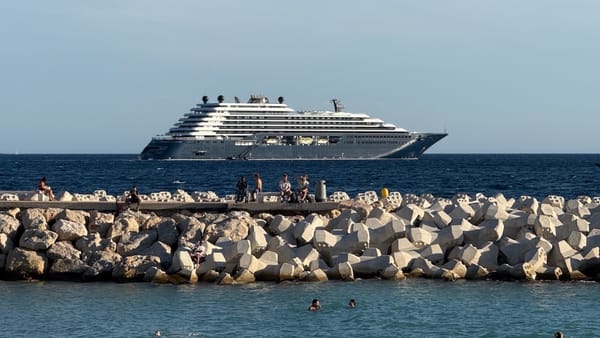Carnival Launches Record Aussie Cruise Season
Carnival’s expanded lineup in Australia highlights growing cruise demand, local economic benefits, and the industry’s push for policy reforms amid rising costs and market shifts.
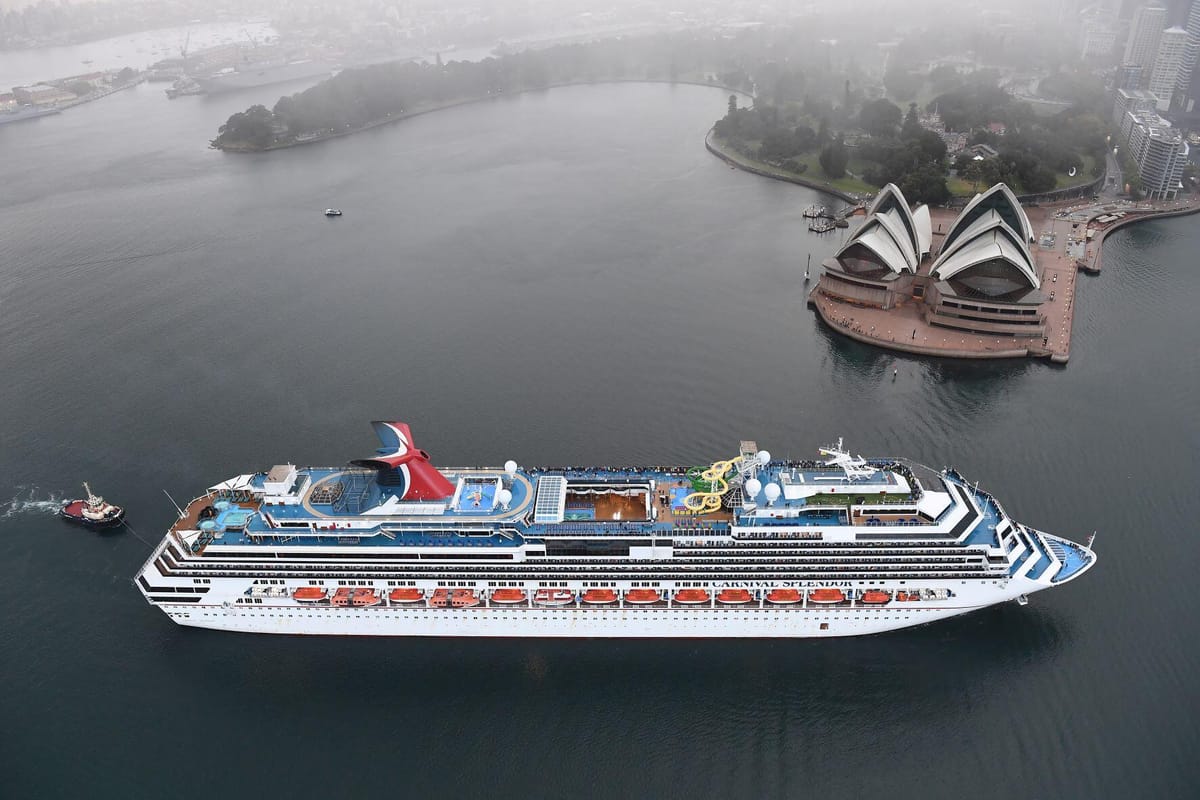
The Australian cruise industry is preparing for one of its biggest seasons, with Carnival Cruise Lines leading the charge through its largest-ever deployment and significant emphasis on family-friendly pricing. Peter Little, Senior Vice President and Australian Country Manager for Carnival Cruise Lines, has detailed plans for sustained engagement in the region, citing strong demand and the company’s commitment to combating industry challenges.
Carnival’s Largest Deployment in Australia
Carnival Corporation has launched its most extensive summer deployment in the Australian market, featuring 17 ships from seven of its brands. The deployment, spanning Australia, the South Pacific, and New Zealand, is expected to generate $4 billion in economic activity through tourism, port operations, and supplier contracts. The season began with the Crown Princess in Sydney and will run through April 2026.
Eight ships will homeport across key locations in Australia, including Sydney and Brisbane. Among the vessels leading the deployment are the Carnival Adventure, Carnival Splendor, Carnival Encounter, and Carnival Luminosa. Collectively, the ships will conduct 140 turnaround calls, carrying approximately 600,000 guests.
"Our commitment to the Australian cruise market is unparalleled," said Little. "We’re proud to support thousands of local jobs by sourcing hundreds of millions of dollars worth of Australian food and beverages for our ships."
Focus on Family-Friendly Pricing
As rising travel costs and regulatory hurdles challenge the sector, Carnival has positioned itself as the budget-friendly choice for families and younger travelers. Following the closure of P&O Australia earlier this year, Carnival absorbed two of P&O’s vessels and their crews while carving out a distinctive market niche with affordable offerings.
Little highlighted that Carnival’s global scale allows the company to maintain competitive pricing without compromising quality. Popular short-break itineraries, ranging from three to five nights, cater to time-conscious Australians seeking convenient getaways.
According to Carnival Corporation’s Q3 2025 financial results, Australian revenue rose by 9%, from USD $288 million to USD $313 million, demonstrating the profitability of this value-driven approach. Little emphasized, “We know Australians love value, and that’s not going to change. Cruising is one of the best-value holidays you can take, and our short, fun itineraries are attracting more millennials and young families than ever before.”
Operational Challenges and Call for Collaboration
Despite the optimism surrounding Carnival’s record-breaking deployment, the Australian cruise industry faces significant hurdles. Rising port costs, complex regulations, and other operational expenses are creating challenges for long-term viability. Little has described Australia as a “tough place for cruise lines to do business,” noting that global redeployment remains a possibility if conditions are not conducive.
To address these barriers, Little has endorsed the idea of a national cruise summit, advocating for collaboration between government entities, suppliers, ports, and cruise operators. He pointed to New Zealand’s successful whole-of-government approach to cruise policy as a model worth emulating. "If we get the policy settings right, the future for cruising in Australia is very bright," said Little.
Destination Diversification and Future Deployments
Carnival is actively working to combat destination fatigue by diversifying its itinerary offerings. While competitors like Royal Caribbean are focusing on concentrated developments such as a beach club in Vanuatu, Carnival is exploring broader deployment strategies.
A key highlight is the return of Carnival Adventure to Melbourne in 2027, marking a growing commitment to spreading deployments beyond the oversaturated East Coast. Little teased additional announcements about new destinations, asserting the importance of diversifying to sustain passenger interest and bolster economic contributions to the region.
"We don’t want every cruise line falling over each other in the same ports," said Little. "We’re continuing to explore new destinations and ways to spread deployment beyond the East Coast."
Economic Contribution and Resilient Demand
While more Australians are opting for long-haul flights to Europe and Japan, domestic cruise demand remains robust. Little noted an increase in younger travelers and families turning to short cruises for affordable holiday experiences. Across the broader Australian cruise season, 63 ships are expected to operate, reinforcing strong consumer appetite.
The local sourcing of food and beverages for Carnival’s ships supports thousands of jobs and makes significant contributions to the supply chain. "This market remains incredibly important to us," Little affirmed. "We are dedicated to year-round operations in Australia, ensuring sustained demand and growth."
Frequently Asked Questions (FAQs)
What is included in Carnival’s Australia summer deployment?
Carnival Corporation will deploy 17 ships from seven cruise brands across Australia, the South Pacific, and New Zealand through April 2026, with an estimated $4 billion economic impact benefiting tourism, port operations, and supplier contracts.
How many ships will homeport in Australia and which Carnival ships are included?
Eight ships will homeport nationally, including the Carnival Adventure, Carnival Splendor, Carnival Encounter, and Carnival Luminosa, with two ships based in Sydney and two in Brisbane.
How is Carnival addressing rising travel costs?
Peter Little explained that Carnival leverages the scale of its parent company to manage costs while offering affordable experiences targeted at families and younger travelers. Short-break itineraries remain a key draw for budget-conscious consumers.
What are the primary challenges facing Australia’s cruise industry?
Persistent challenges include high operating costs, complex regulatory frameworks, and increasing port charges. Carnival is pushing for greater collaboration among stakeholders and proposing a national cruise summit to align policies for improved competitiveness.
Are there plans for new cruise destinations in Australia?
Carnival is actively focused on itinerary diversification, including expanding South Pacific offerings and reducing reliance on East Coast ports. The Carnival Adventure is set to homeport in Melbourne in 2027, with additional announcements expected in the future.
